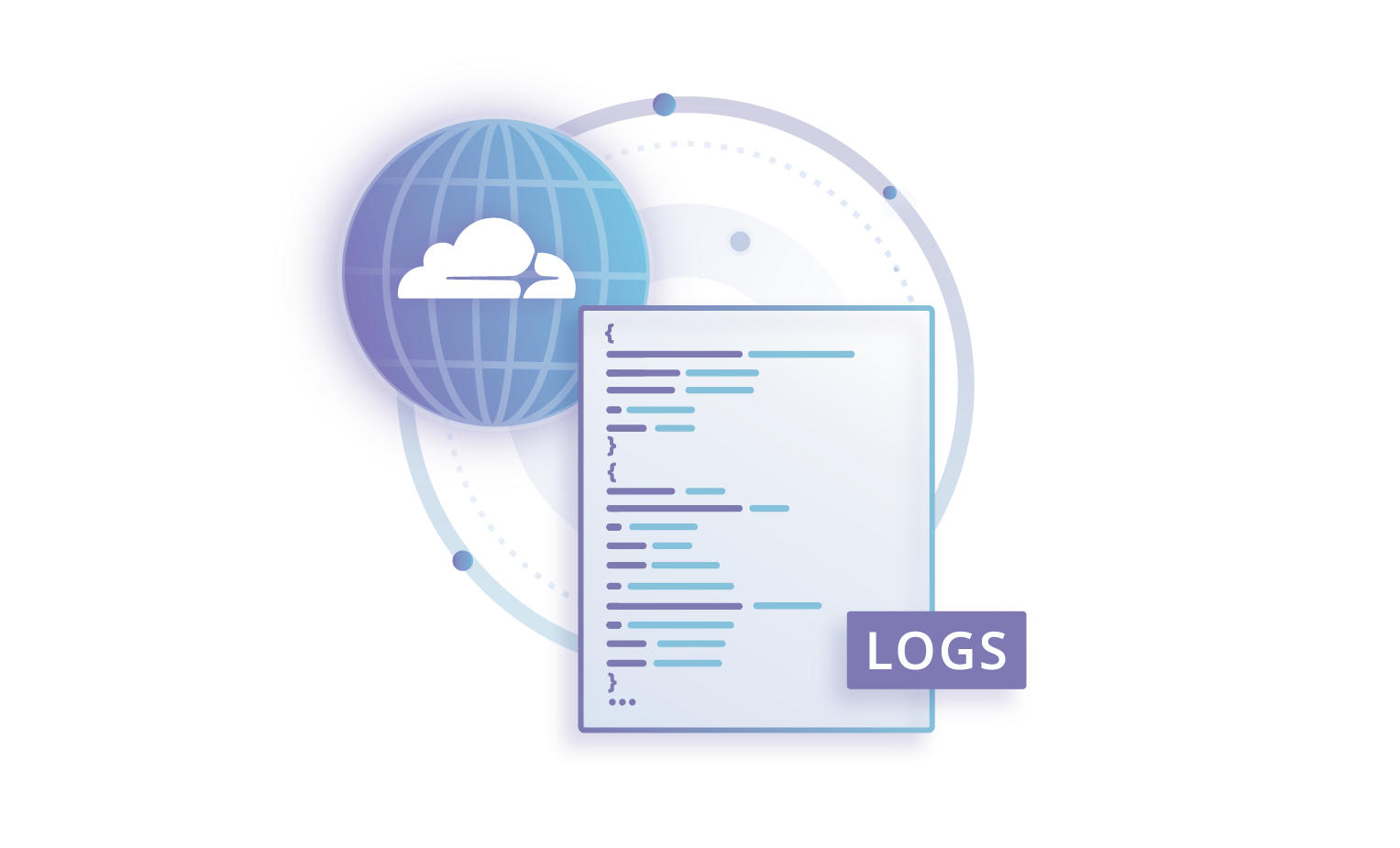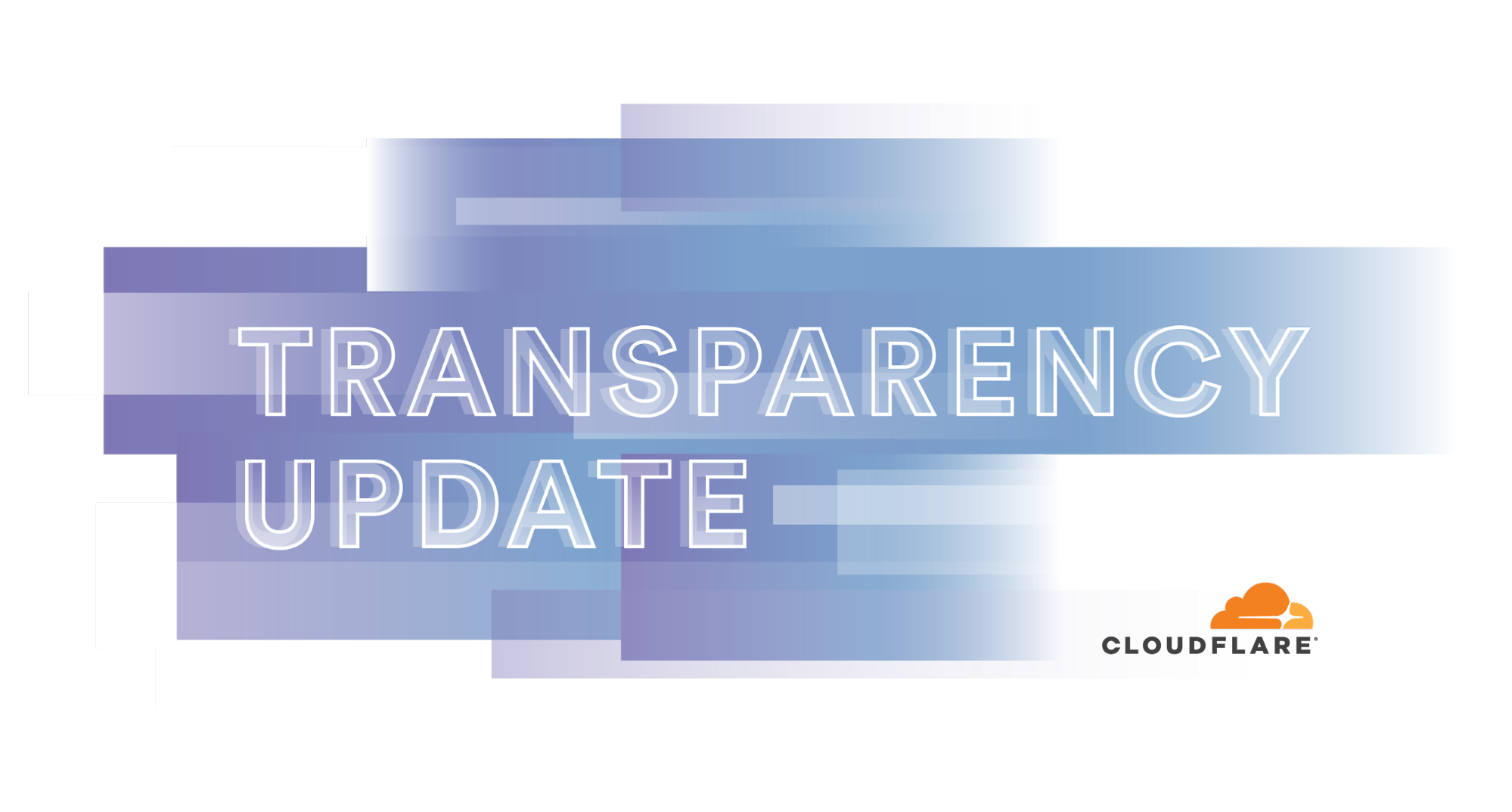Cisco and Verizon Build a Mobile SD-WAN Offering With 5G
 AT&T and VMware forged a similar integration of SD-WAN and 5G earlier this week.
AT&T and VMware forged a similar integration of SD-WAN and 5G earlier this week.
Facebook-Backed TIP Adds New Project Groups, Demos Mobile Network
 Three years after launching at MWC, TIP for the first time showed how its technologies work...
Three years after launching at MWC, TIP for the first time showed how its technologies work...
Why not OSPF for the Internet Core?
Every now and again (not often enough, if I’m to be honest), someone will write me with what might seem like an odd question that actually turns out to be really interesting. This one is from Surya Ahuja, a student at NC State, where I occasionally drop by to do a guest lecture.
We were recently working on an example design problem in one of our courses, and like a dedicated student I was preparing the State, optimisation, surface sheet
One of the design decisions was to explain the selection of the routing protocol. This got me thinking. When BGP was being created, were there modifications to OSPF itself considered? … it could have been made possible to just use OSPF across enterprise and the internet. Then why not use it?
A quick answer might go somethign like this: OSPF did not exist when BGP was invented. The IETF working group for OSPF was, in fact, started in 1988, while the original version of BGP, called EGP, was originally specified by Eric Rosen in 1982, some 6 years earlier. The short answer might be, then, that OSPF was not considered because OSPF had not been invented yet. 
But this quick Continue reading
Network Break 223: Google Launches Hybrid Cloud Beta; Palo Alto Acquires Demisto
Today's Network Break examines Google's new hybrid cloud beta release, Palo Alto's acquisition of security orchestrator Demisto, research by Duo Security on Chrome browser extensions, and more tech news.
The post Network Break 223: Google Launches Hybrid Cloud Beta; Palo Alto Acquires Demisto appeared first on Packet Pushers.
Logpush: the Easy Way to Get Your Logs to Your Cloud Storage
Introducing Logpush

Today, we’re excited to announce a new way to get your logs: Logpush, a tool for uploading your logs to your cloud storage provider, such as Amazon S3 or Google Cloud Storage. It’s now available in Early Access for Enterprise domains.
We first explained Cloudflare’s logging functionality almost six years ago. Since then, the number of domains on our network has grown by ten times. We’ve continued giving our Enterprise customers the ability to download logs using a REST API, which has gotten a large number of functional and technical updates. We’ve also been paying attention to how our customers’ needs have evolved, especially as we protect and accelerate increasingly larger domains. This led to the development of Logpush.
The Value of Logs
Cloudflare works by being an intermediary between our customers’ websites, applications, and devices, and their end-users or potential attackers. As part of providing our service, we create a record of each request that goes through our network. These records (or request logs) have detailed information regarding the connecting client, our actions—including whether the request was served by the cache or blocked by our firewall—and the response from the origin web server. For Enterprise customers Continue reading
Delivering on the Vision of Distributed Cloud with the Kinetic Edge Alliance
On Wednesday, February 13, VaporIO announced the Kinetic Edge Alliance with Pluribus Networks as a founding member. You may think...Short Take – CAA Records and Site Security
In this Short Take, Russ discusses what DNS CAA records are and theorizes how their more pervasive use could nearly mitigate MITM HTTPS interception in the wild.
The post Short Take – CAA Records and Site Security appeared first on Network Collective.
ICANN Calls for Full DNSSEC Deployment, Promotes Community Collaboration to Protect the Internet – ICANN

DNSSEC is a partial fix but its time to get it done.
The post ICANN Calls for Full DNSSEC Deployment, Promotes Community Collaboration to Protect the Internet – ICANN appeared first on EtherealMind.
Nokia CEO Rajeev Suri Keeps 5G Pressure on Euro Operators
 Suri also stated that in terms of costs, Nokia was “confident” in its ability to compete, and...
Suri also stated that in terms of costs, Nokia was “confident” in its ability to compete, and...
Ericsson Uses Intel 10nm Tech for 5G Base Station Products
 The chip giant also announced its new FPGA acceleration card for telecommunications service...
The chip giant also announced its new FPGA acceleration card for telecommunications service...
The Week in Internet News: IoT Botnets Come for Video Conferencing Systems

Botnets attack: A handful of botnets using compromised Internet of Things devises are now targeting enterprise video conferencing systems, reports CSO Online. Three recently identified botnets are based on the Mirai botnet, which had its source code leaked back in 2016. The original Mirai is no longer active, but its source code has served as the base for at least 13 other botnets.
Pulling the plug: Internet shutdown are common, but ineffective, argues a journalist and researcher on The Conversation. Shutdowns “seem to animate dissent and encourage precisely the kind of responses considered subversive by many governments,” writes George Ogola. “Internet shutdowns don’t stop demonstrations. Nor do they hinder the production and circulation of rumours: they encourage them instead.”
The war on porn: Meanwhile, the government of Bangladesh has shutdown about 20,000 websites, including some popular social media sites, in the name of banishing pornography, the Guardian reports. Authorities believe some social media sites are contributing to the problem, apparently.
Digital colonies? The BBN Times has a provocative opinion piece suggesting that the Internet, and Internet Governance, is aiding in a process of “digital colonization.” The U.S. is sending its language, culture, and tech products Continue reading
Cloudflare Transparency Update: Joining Cloudflare’s Flock of (Warrant) Canaries


Today, Cloudflare is releasing its transparency report for the second half of 2018. We have been publishing biannual Transparency Reports since 2013.
We believe an essential part of earning the trust of our customers is being transparent about our features and services, what we do – and do not do – with our users’ data, and generally how we conduct ourselves in our engagement with third parties such as law enforcement authorities. We also think that an important part of being fully transparent is being rigorously consistent and anticipating future circumstances, so our users not only know how we have behaved in the past, but are able to anticipate with reasonable certainty how we will act in the future, even in difficult cases.
As part of that effort, we have set forth certain ‘warrant canaries’ – statements of things we have never done as a company. As described in greater detail below, the report published today adds three new ‘warrant canaries’, which is the first time we’ve added to that list since 2013. The transparency report is also distinguished because it adds new reporting on requests for user information from foreign law enforcement, and requests for user information that we Continue reading
To Code Or Not To Code: Expression & Symbiosis
There is still an ongoing debate over the need for network engineers to pick up some software skills. Everything network engineers touch in more recent times has some programmatic means of control and these interfaces can be used to scale out engineer workflows or for abstract systems to drive. The bottom up view is to write scripts or use tools like Terraform or Ansible to use them. In engineer driven workflows, I see regular usage of Salt Stack as an abstraction layer over the top of a target group of devices to do very human tasks with! The latter use case is interesting because it follows a very basic system rule of high gain from abstraction. In this instance, the programmatic interfaces are used to amplify human capabilities. If that’s the bottom up view, the top down view is to embrace the world of RPA (Robotic Process Automation). We’ve been calling this "big button" automation for years now and we can view this as human driven tasks, mechanised to run on a platform or framework. It’s a case of "Back to the Future" and it comes straight out the 1970s.
When a network engineer goes on a Python course to Continue reading
SAP Covers All Line-of-Business Apps in Leonardo IoT Shell
 The moves further tightens integration across SAP's platforms, but analysts warn it could deter new...
The moves further tightens integration across SAP's platforms, but analysts warn it could deter new...



